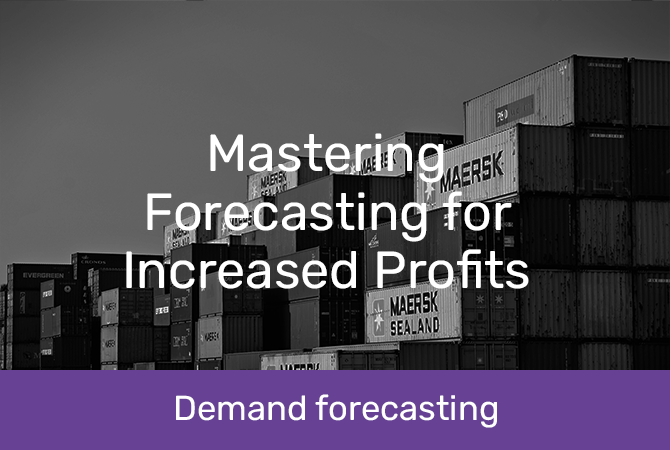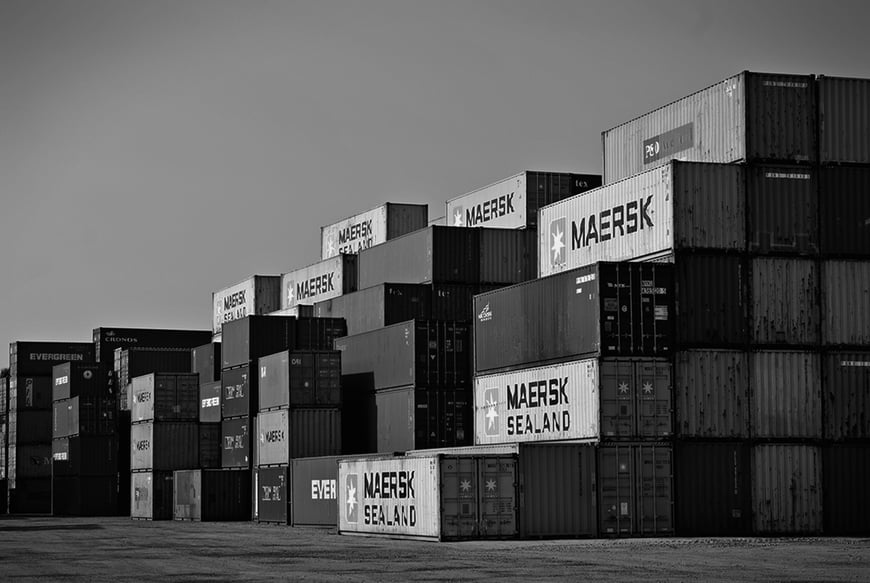
Mastering Forecasting for Increased Profits
From data to dollars
One of the most common challenges retailers face is striking the balance between estimated sales and actual sales. Getting it right is ideal for generating profit - while getting it wrong can drive any business to the edge. Demand forecasting is a tool that will minimise the risk of guesswork and deliver more accurate and trustworthy estimations of your sales.
Read on to find out how businesses can overcome these challenges and use forecasting to their advantage.
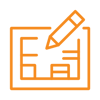 Overestimating vs. underestimating
Overestimating vs. underestimating
A raft of potential issues can arise from overestimating sales forecasts that weaken any organisation’s bottom line. For example, having too much stock can result in needless waste, overproduction costs, storage costs, and having to clear excess stock through discounting.
Overestimating sales forecasts is one of the biggest contributors to wastage, and nowhere is this more apparent than in the food industry. Global research estimates that over one-third of food produced for human consumption is wasted per year.
The flipside of overestimating is also true. Underestimating your sales forecasts can mean missing out on opportunities, resulting in brand damage and a loss of customers and profits due to insufficient stock and too much pressure on your staff.
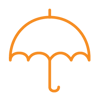 The common effects on demand
The common effects on demand
In a perfect world, demand would remain constant every week. But the reality is that the demand curve is constantly changing. For example, if it starts to rain, a retail store can expect a downward shift in demand and a drop in sales (unless that store is a home-delivery pizza business). Likewise, the demand curve on a Tuesday is different to a Friday, and a sunny Tuesday is different to a windy Friday.
Here are some of the ways demand is affected:
- Day of the week, time of day
- Seasonal variation: summer vs winter
- Weather
- What the business’s competitors are doing
- Pricing, including comparisons to competitor’s pricing
- Changing tastes
- Staffing
- Sales capacity
- Changes to product range or availability
- Promotional offers
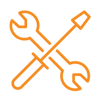 Practical steps to forecasting
Practical steps to forecasting
Making a perfect prediction of sales volumes is virtually impossible. But businesses can certainly ramp up their forecasting and gain a clearer picture of how much stock they will need – and that starts with solidifying their understanding of the factors that influence demand.
There are limitations to the following forecasting methodology, but it is a great starting point for getting a better idea of what lies ahead. Here’s how to go about it:
 Step 1
Step 1
Determine the factors that could influence sales demand (e.g., day of week, weather, season), and decide which ones to monitor and record. Be selective and only record what is relevant to the business – we recommend starting with one at a time.
 Step 2
Step 2
Decide how frequently recording the information about each factor is needed. This will probably be determined by the type of business and how often it produces or orders stock. For a restaurant, this might be daily; for a fashion retail business, it might be weekly or monthly.
 Step 3
Step 3
Record and track the information. Microsoft Excel or Google Sheets are a good start. The amount of data collected for analysis on each factor will depend on the required degree of accuracy, the amount of variability in sales figures needing investigation, and the number of factors and levels within them.
 Step 4
Step 4
When you have enough information, it’s time to make sense of it all:
- Calculate or plot the mean levels of your factor.
- Identify any factors in which you see any clear differences, contrasts or anomalies.
- Once you have completed the exercise, you’ll have a better idea of what is influencing demand and where you need to focus your attention.
Case Study: Forecasting increases sales by 8% for international retailer
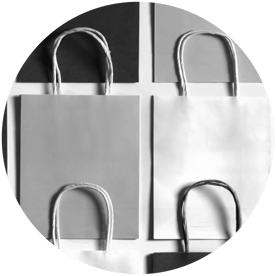
An international retailer faced challenges such as decentralised stock decisions, product range optimisation issues, and high wastage. The team here at Datamine provided a forecasting solution that predicted demand at individual stores, factoring in time and day variables, and applying business rules. This solution led to an 8% sales increase and a 17% waste reduction in the first year. It also improved the retailer's ability to introduce new products efficiently. This case demonstrates the benefits of effective forecasting in enhancing profitability, reducing waste, and streamlining retail operations.
Want to read more? Click here
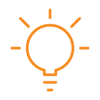 Where to next?
Where to next?
This article has focused on how demand forecasting affects retail, but the same kinds of issues occur across the board in other business sectors. The example above is a simple case of examining one influencing factor at a time, but we have seen businesses lift the accuracy of their sales demand forecasting by 5-10% using this technique. We recommend it as a way of dipping your toe in the water to see the difference even a small forecasting improvement can make to your bottom line.
Of course, it’s unlikely you’ll be selling just one product as per the exercise. The situation becomes vastly more complex (and the value of forecasting more apparent) if we now stock 600 items spread over 20 product lines in different sizes. And imagine what it’s like when you’re dealing with multiple stores!
Looking at combinations of factors influencing sales demand in this type of scenario is a different challenge altogether that calls for data analytics specialists who are familiar with forecasting methods (e.g., statistical modelling or machine learning). With this more complex analysis, you can expect more accurate and robust predictions.
The Datamine Guide to Demand Forecasting

Want to learn more about how your business can benefit from demand forecasting?
Download our guide to Demand Forecasting. In this guide, we’ll walk you through the questions you’ll need to ask regarding your product, stores and data quality, then offer suggestions for next steps. The goal of this guide is to give you a framework for implementing a forecasting strategy, allowing you to then choose the tool that’s best suited to your business.

